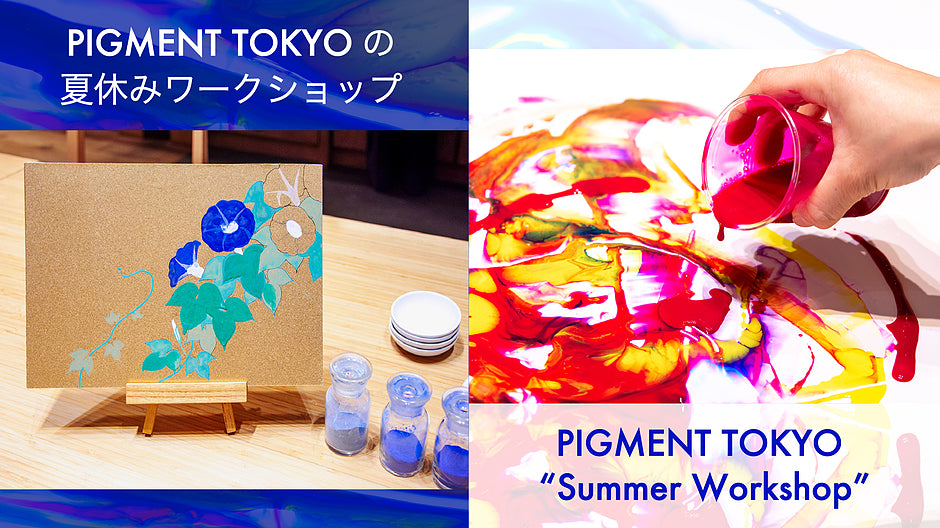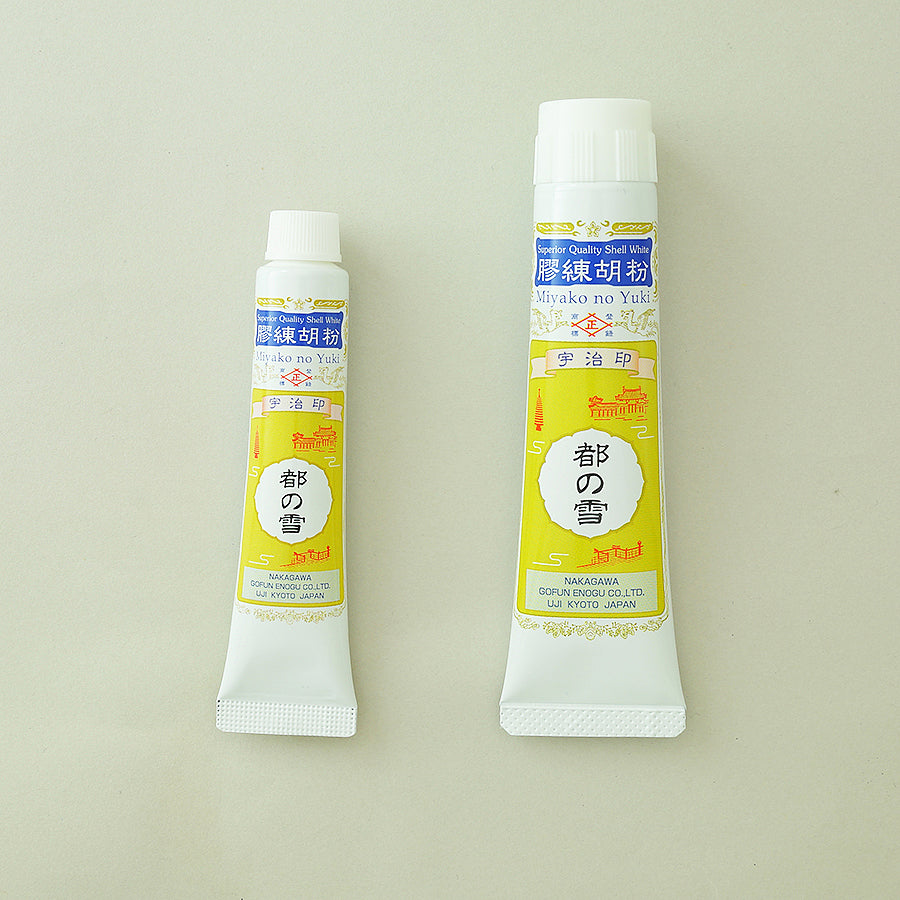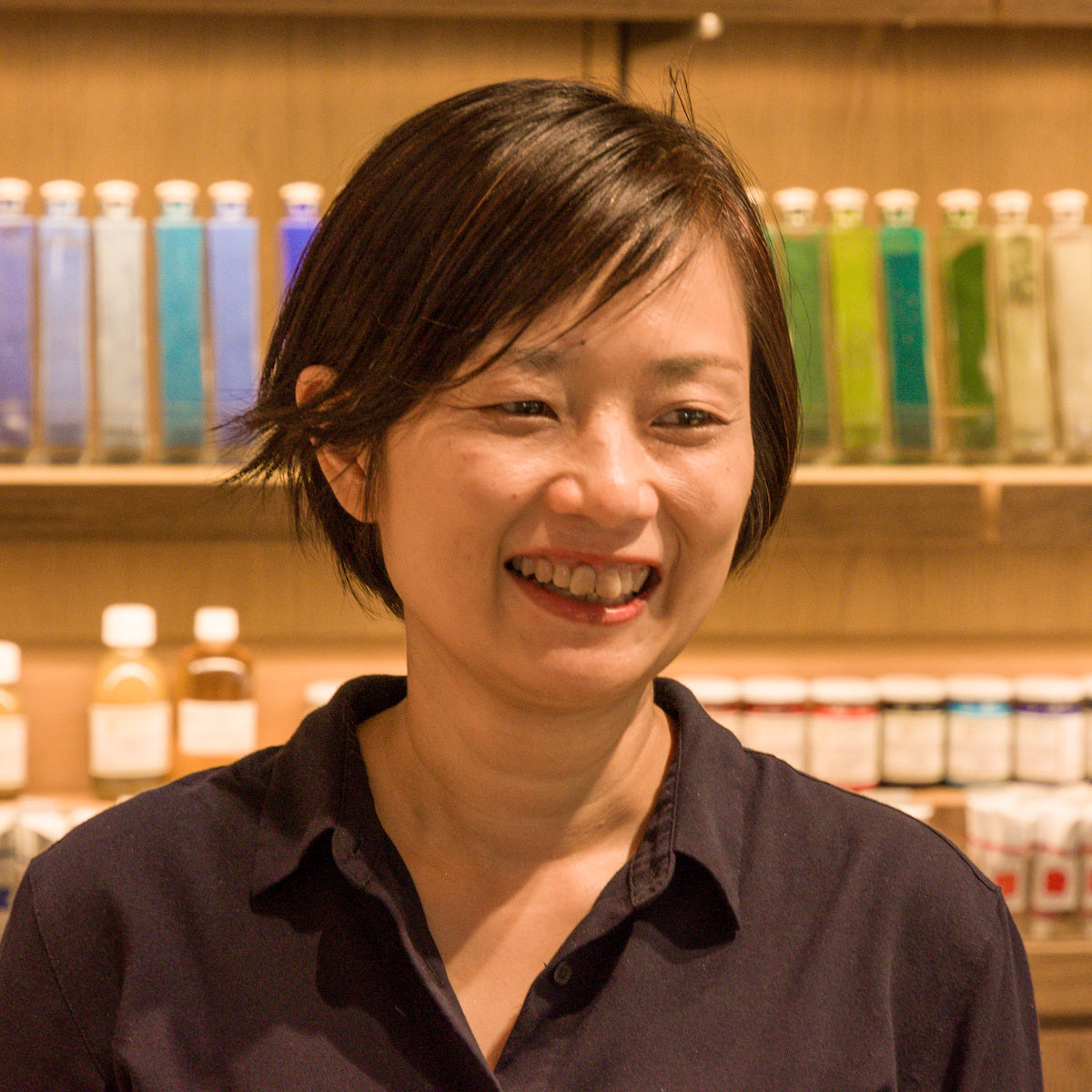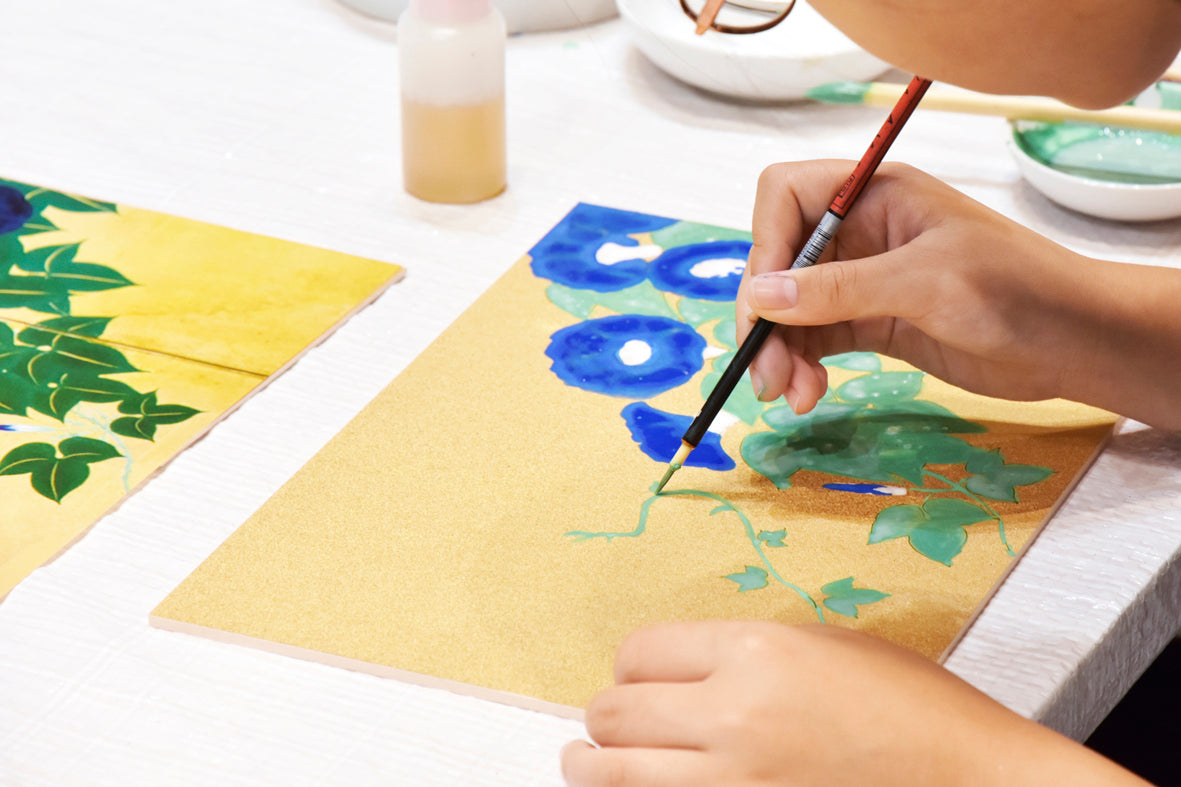
[Summer Break Research Project]Learning Japanese Traditional Art Materials
Date: 30 July 2022 (Saturday)
Time: 10:00 ~ 12:00
Venue: PIGMENT TOKYO
Course Fee: ¥6,600 (including tax and materials)
Age group: Elementary to junior high school students
Reservation: hhttps://pigment.tokyo/workshop/detail?id=454
Reservation page will be open at 12:00(JST) on 1 July 2022.
※Please check the workshop reservation page for more information.
※Pre-school children are also welcome to attend, but must be accompanied by a parent or guardian.
*This event has ended.
Find the latest information about our workshops here.
https://pigment.tokyo/en/collections/workshop
In this workshop, children can experience creating an art piece and doing a research paper about painting materials that have been handed down in Japan for a long time.
Explanations about traditional painting materials such as Iwa-enogu (mineral pigment) will be given along with working on an assignment sheet created by PIGMENT TOKYO's art materials experts. The students may use these assignment sheets for their summer homework.
For practical skills, children can learn how to make paints and how to paint with the paints they made by using an image of a famous art piece called "Morning Glories" by Kiitsu Suzuki, a painter of the Edo period.
Our instructor, who is an artist and researcher of the reproduction of historical art pieces will give a lecture with slides based on her own experiences.
It is made to be easy to understand for children who are new to art materials, so do not worry and feel free to ask questions even during the middle of the workshops.

We will hand out this booklet to those participants who are in upper elementary grades.
There are two kinds of booklets which are assignment sheets available according to their ages.
Your children can learn about paints, pigments, and other art materials by reading these booklets and it would be fun to review them or do some quizzes with your family as well.
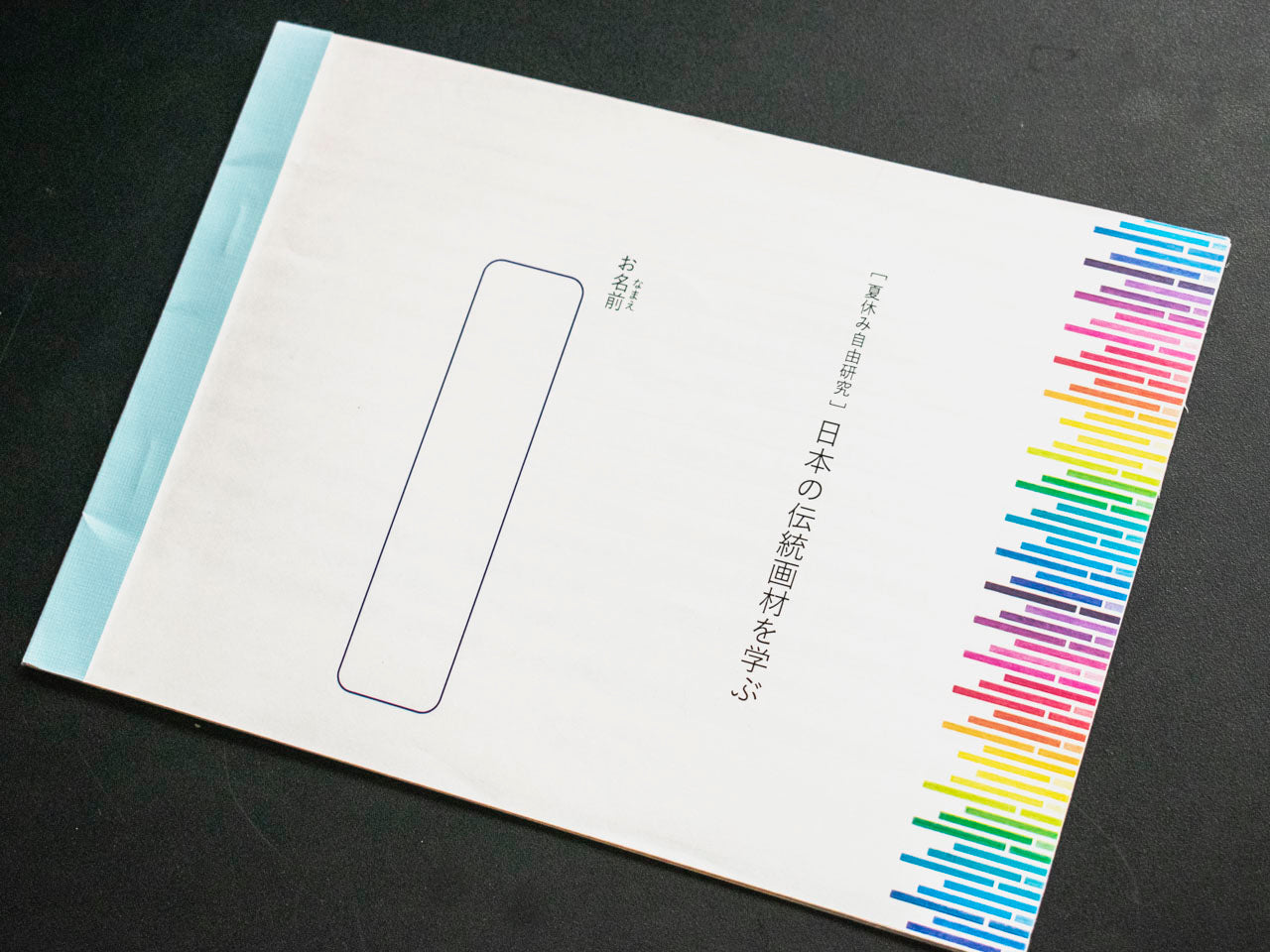
After listening to the lecture, it is now time to practice how to create a painting.
Let’s start by creating paints.

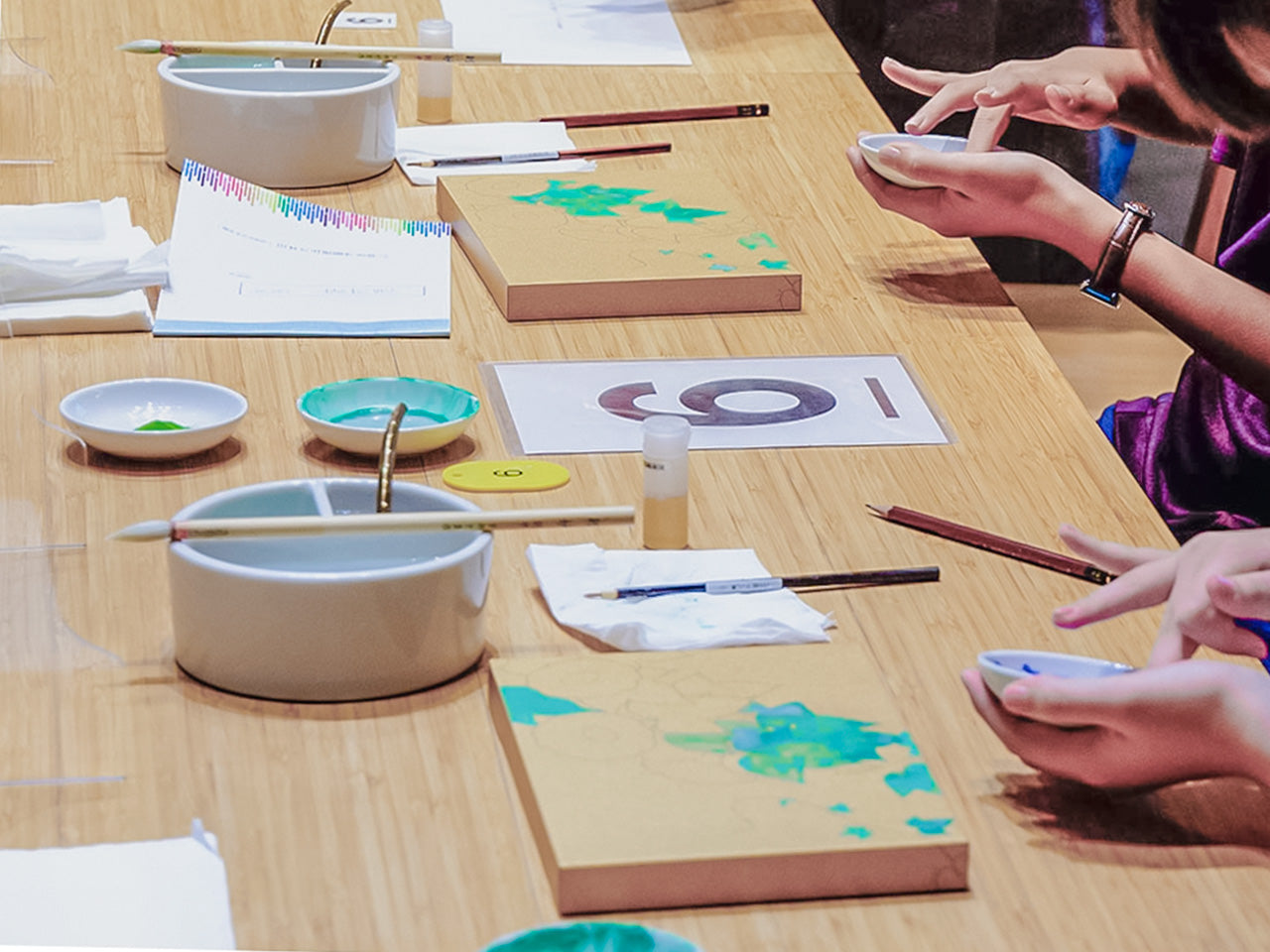
The pigments we use are Natural Gunjo (azurite blue), Natural Rokusho (malachite green), and Gofun (shell powder) which are the same ones that are used to paint “Morning Glories”.
Natural mineral pigments become painted by grinding ores and kneading them with a binder. Children will learn a traditional technique of making paints which are kneading mineral pigments and animal glue with their fingers.

Iwa-enogu (natural mineral pigment) is manufactured in 10 different particle sizes and even the same color will have different shades depending on the coarseness of the particles.
Kneading the paint allows children to experience art materials visually and physically, such as the difference between dried pigment's color and when they’re wet or the texture of pigment's grains, which is the main benefit to attend an actual workshop.
They can join in only during the painting part too, therefore, feel free to schedule the way that works best for your kids.

Even though they used the same art materials and the same image, their paintings may look different due to the ways colors are applied with different brushstrokes, and being able to observe these young artists' personalities through drawing is one of the most interesting parts of the workshop.
They can play with the shades, brushstrokes, use of margins, and exploration of materials according to their own idea of the image and research.
The aesthetic of Iwa-enogu gives a sense of calmness, and the elegant and profound tones may become one of the colors you and your children will remember this summer.

Another one we have is a color learning workshop through practice for children and their parents.

The primary colors are the three basic colors that can create a variety of hues and shades when mixed.
This workshop is designed for understanding art materials through a lecture and a collage-making exercise that uses intuitively created colors by participants.
The workshop will be taught by an art materials expert who is also an artist.
Before jumping into the college part, the instructor will give clear explanations about the three primary colors and the paints, so that you can enjoy and explore more about colors during the workshop.
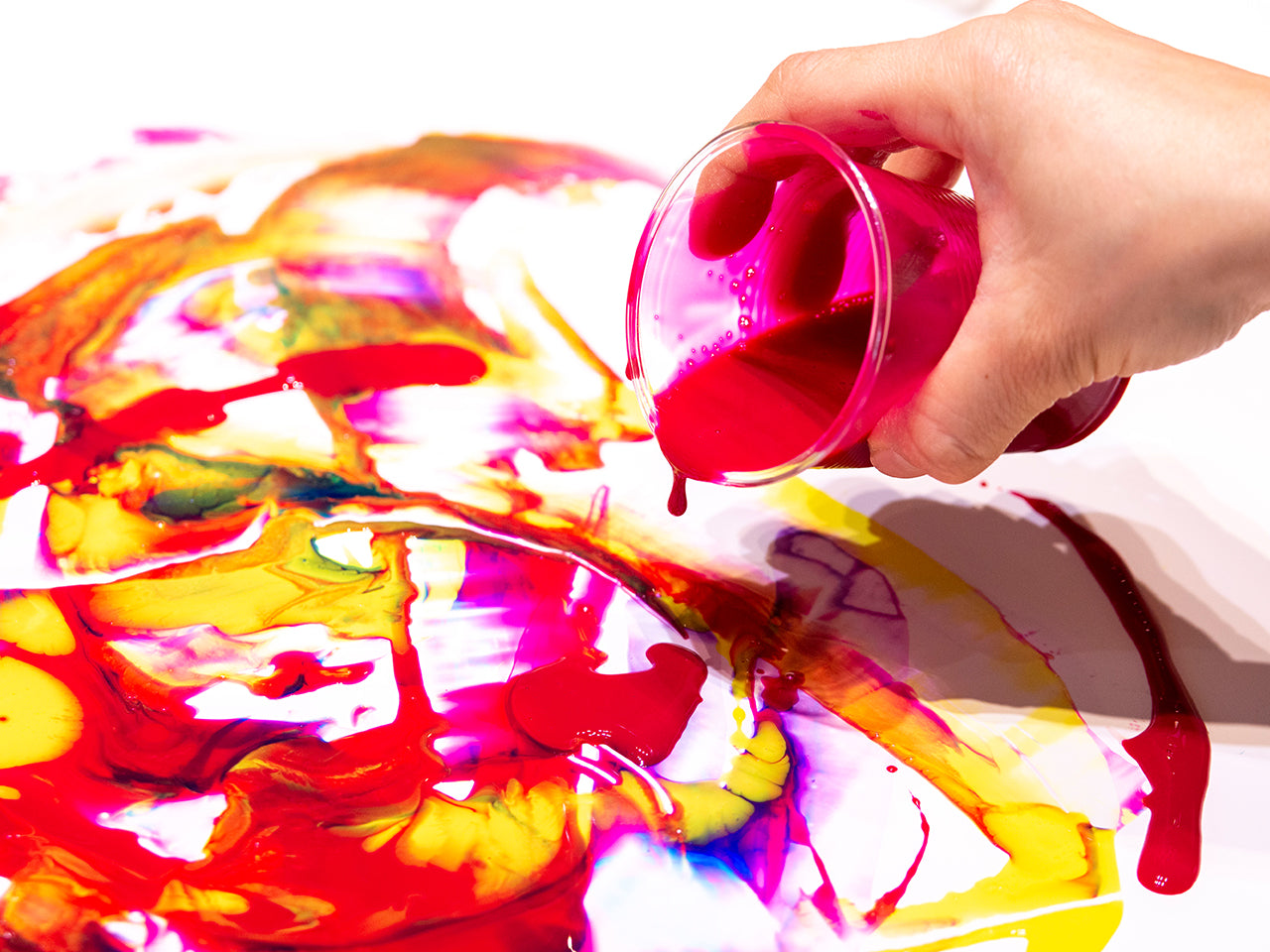
First, spread the thick original paint as you like and enjoy the color mixing itself.
The paints flow slowly on the smooth surface of YUPO paper α, which is water-resistant and tear-resistant. Watch how the three primary colors blend together in a marble-like pattern.
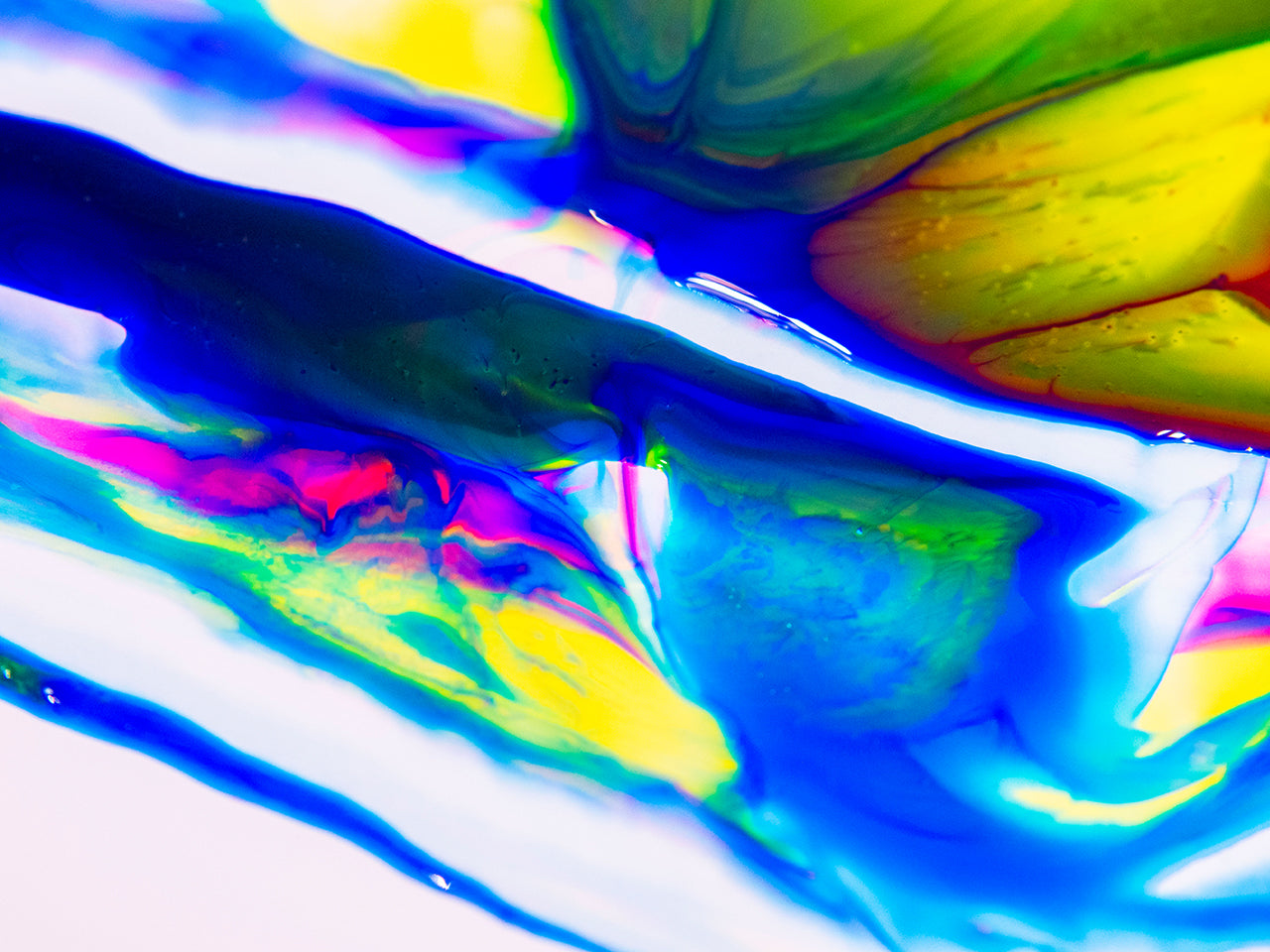
The three primary colors of paint are cyan, magenta, and yellow.
An infinite number of colors can be created by slightly changing the mixing ratio of the same combination, such as cyan and yellow, magenta and yellow, and so on.

Next, absorb the paint onto a piece of bamboo washi paper cut in a circular shape, as if to transfer the colors.
Relax and simply rely on your senses and intuitions to find the perfect spot to pick up from the pool of color!
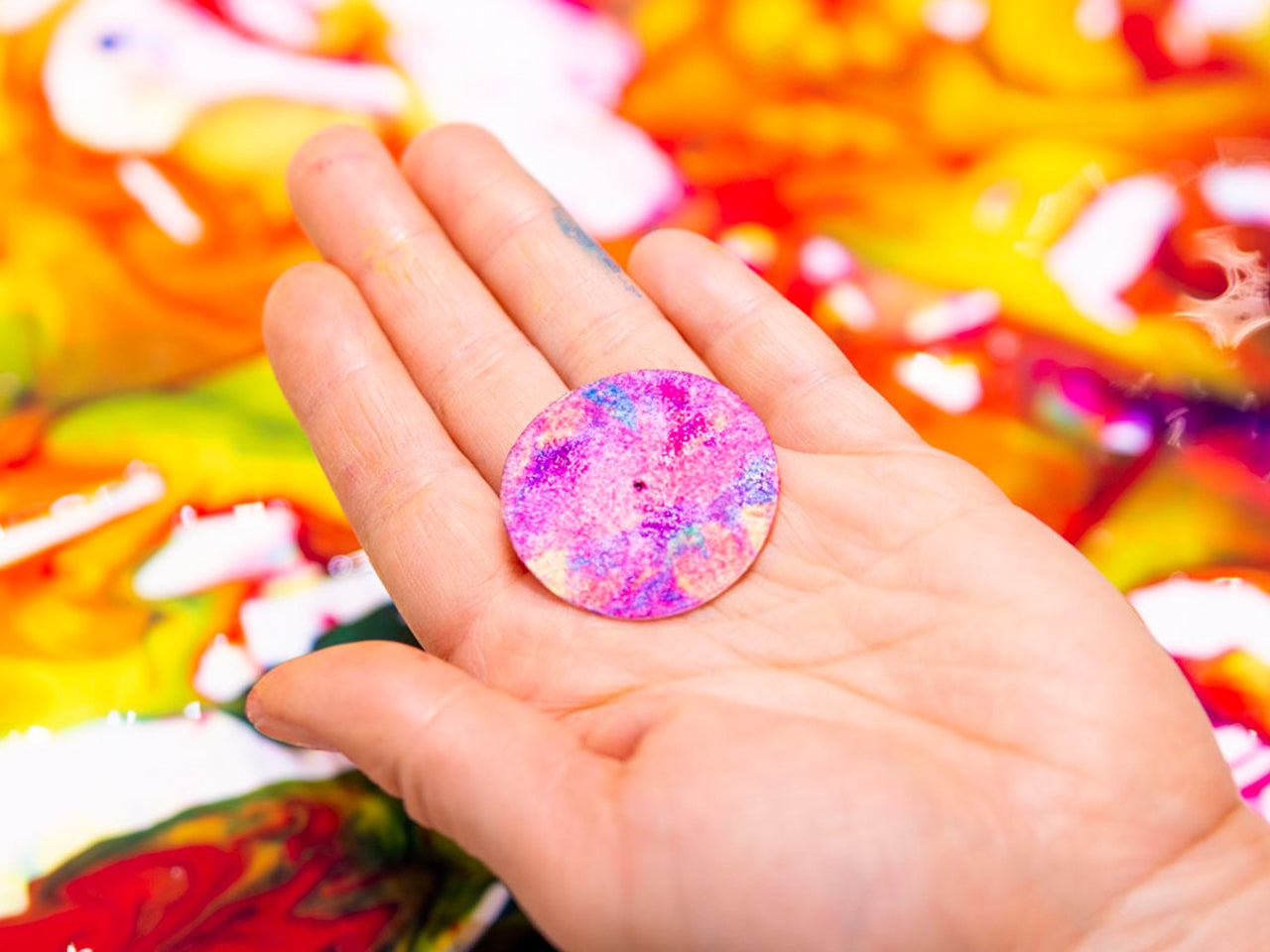
While you are drying the circular pieces, it is fun to watch how the bamboo fibers of the paper absorb moisture and change color. As you observe them, you will notice that the color patterns change unexpectedly or stay as you imagined.

A beautiful color wheel is created by arranging the large and small parts in color gradations, creating a rhythm, and composing a big circle.
The backsides of the circular parts have double-sided tape so you can apply these can apply them to the paper board at the end.
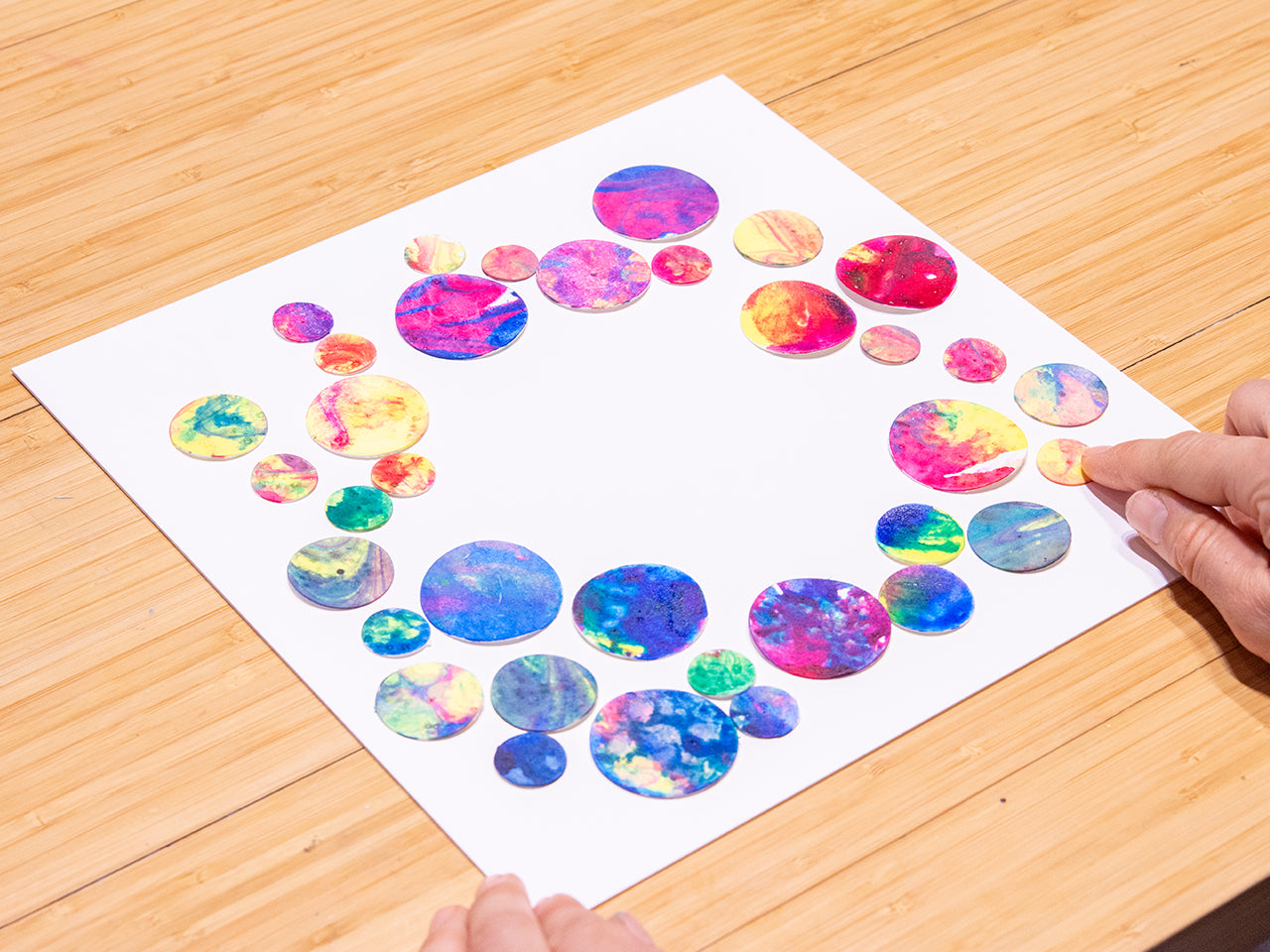
Seeing and experiencing the art materials used by professional artists may open your door to new colors and perspectives of art. Therefore, perhaps it’s time to take advantage of these summer workshops and learn something new!
Translated by Atsumi Okano and Nelson Hoe Ee Herng
PIGMENT TOKYO Art Materials Expert

